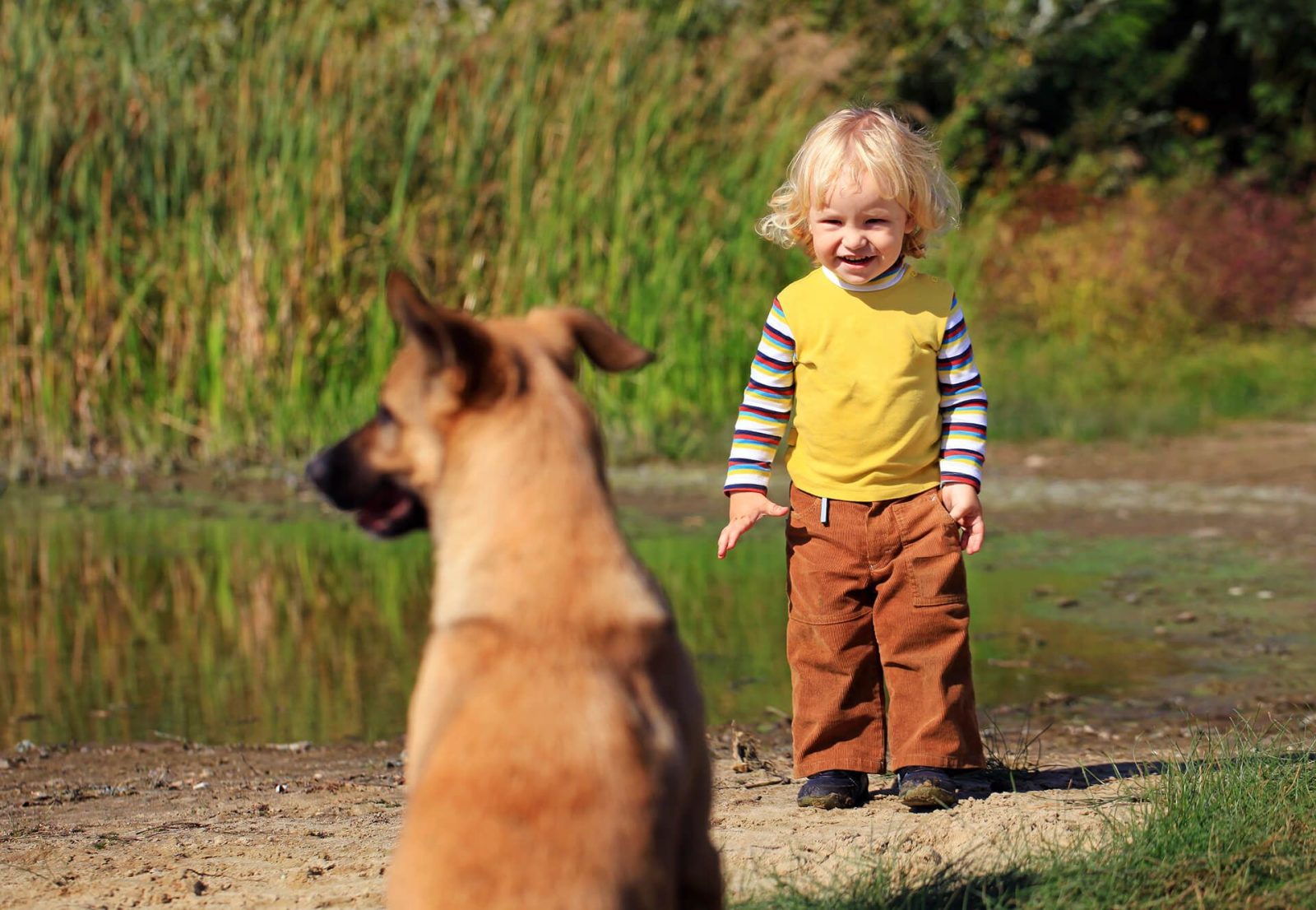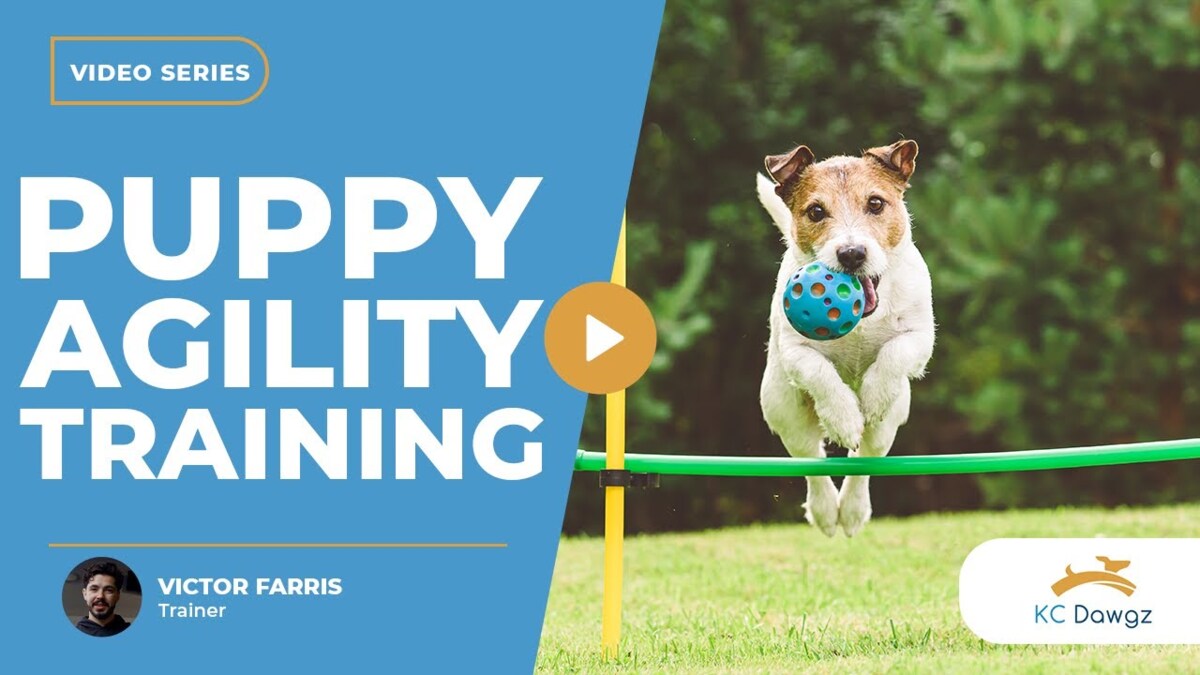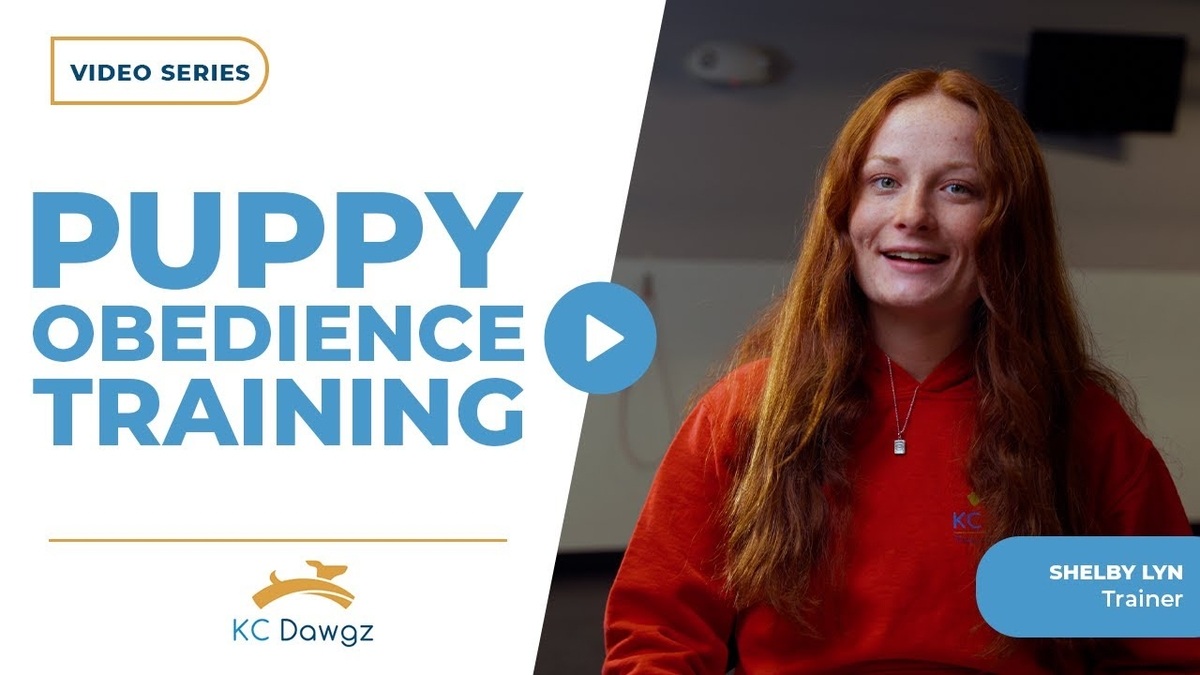The term ‘dog is a man’s best friend’ has come from somewhere. Dogs have become a part of our family and help to teach us and children responsibility, respect, gentleness and love. If you have decided to get a dog, as much as it is exciting, you still need to make sure that you introduce your new dog safely, especially to young children. We will provide you with a list of the ways that you can introduce your dog to your young children.
1. Teach your children how to pet and be gentle
In general, children love animals but that doesn’t mean they know when they are pulling or squeezing an animal inappropriately. Unintentionally, children can hurt animals which can result in the animal responding with an aggressive reaction. To avoid this situation, you need to teach your children how to pet a dog properly.
2. Prior to petting
Before letting your children pet your new dog, let your dog sniff your children. A dog uses his sense of smell to work out who you are and to say ‘hello.’ Get your children to stand still and allow your dog to sniff around you and your children. It is best to avoid using hands as something to smell. If you have a new baby then it is worth letting your dog smell a baby blanket first, before you introduce a baby to your dog.
3. Leave a dog who is sleeping or eating
Teach your children to give your dog space when they are sleeping or eating.
4. Never leave your dog unattended with young children
Even if your dog is gentle and friendly, they can bite if a child hurts them in any way. Therefore, to protect your children never leave them attended. As your dog is going to be around your children, you need to make sure it has the best dog training possible. Private dog training is often the best option to choose and your dog will be taught by skilled professionals. If your dog needs more longer-term work, consider group dog training or “Board and Train” centers.
5. Approaching other dogs
Teach your children to always ask permission before they approach a dog that isn’t there’s. Children need to be aware that not all dogs are friendly. If your children have experienced a situation where a dog has scared them, it may result in them fearing dogs.
6. Observe a dog’s body language
Teach your children to observe a dog’s body language. If a dog’s fur is standing up, his ears are back and his tail is rigid, you need to be careful. This is an indication that he’s not happy to greet you right now.
7. Don’t use treats on first the meeting
Some dogs may get over-excited if they spot a treat and may try and snatch it from your child’s hand. The same goes for toys, so it is best to leave these until later and not use them on the first meeting.
8. Always approach from the side
Teach your children to be careful and to approach your dog from the side and to stop far enough away so that your dog chooses to come to your child. This enables your dog to watch your child without feeling overwhelmed and come to your child when he’s happy to do so.





